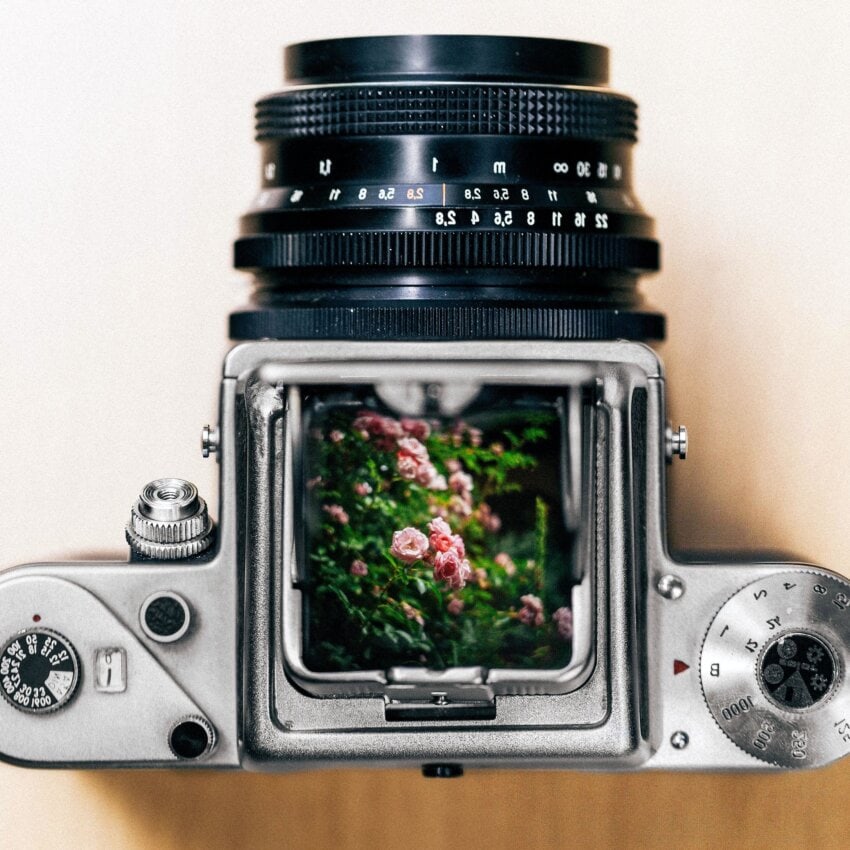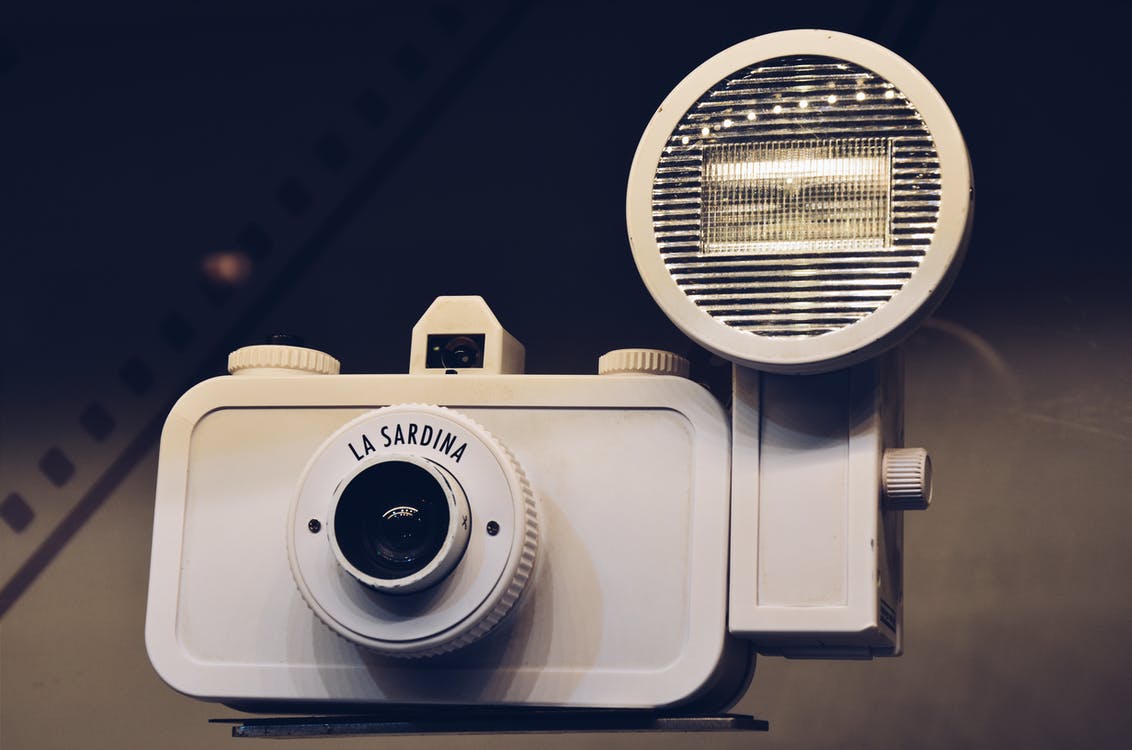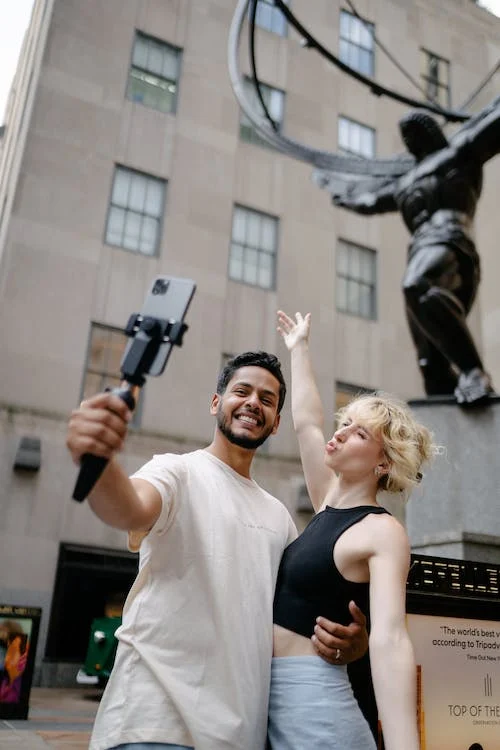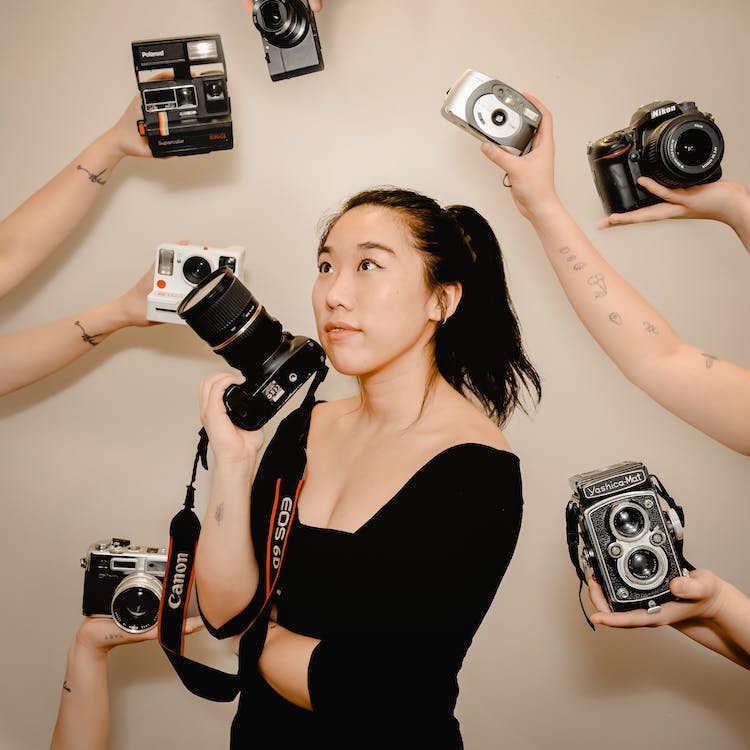How to Use a Digital Camera
Contents
– The components of a digital camera
– How is a picture taken?
– How the camera works: the settings
– The options of a digital camera
Digital photography is based on the same principles as film photography.
If the image is no longer captured on film but through a photosensitive sensor, a photo results from the right balance between the aperture, ISO sensitivity and shutter speed.
The components of a digital camera
Digital photography is based on the use of a lens and a sensor. The lens is used to bring in the light rays.
Here are the components of a digital camera:
– The lens is usually composed of several lenses and is the light entry source. Its focal length determines the rendering of the image (wide-angle, close to the telephoto …).
– The viewfinder is the part that allows you to compose the image.
◦ On a reflex, the viewfinder is located on the axis of the lens, and the image is restored in real-time through a set of mirrors.
◦ On compacts, the viewfinder tends to disappear, but initially, it offered an offset angle of view much less practical for framing.
◦ The screen now replaces it.
– The shutter is a small curtain that opens to let the light pass to the photosensitive receiver.
– The sensor: replaces the film: composed of photosensitive cells; it transforms the light signal into electrical data.
How is a photo taken?
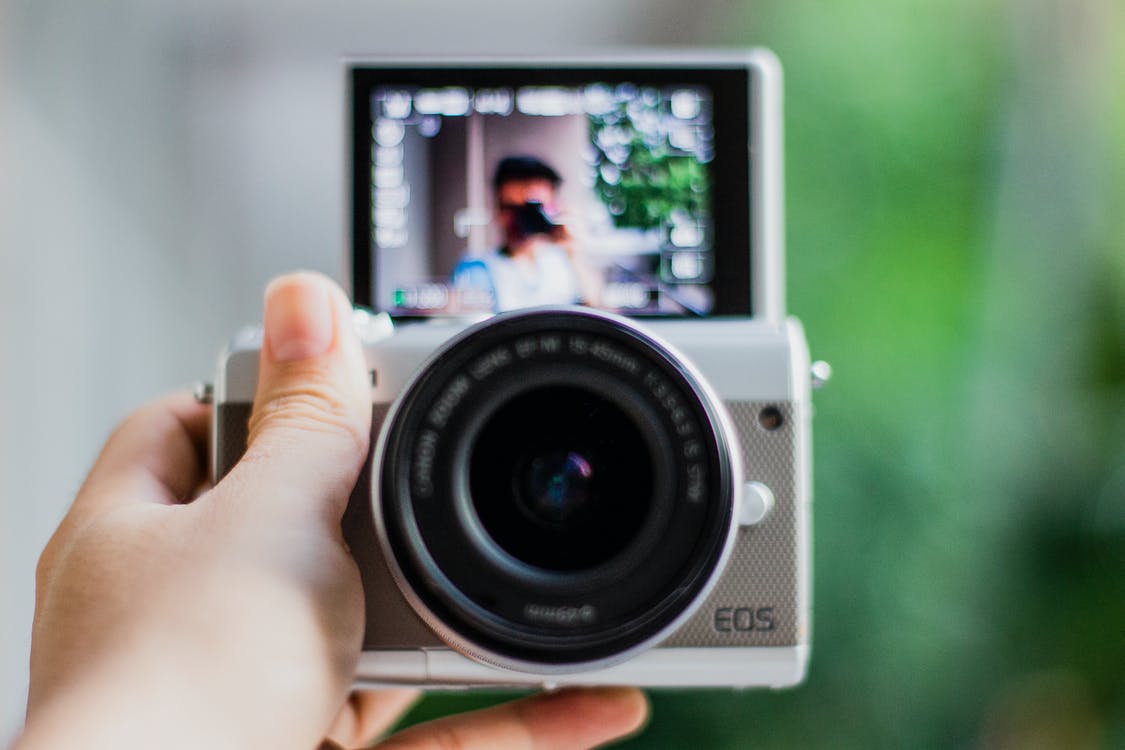
A photo is the result of a complex and precise sequence of actions:
– The measurement of the light: a cell of the camera determines which exposure time and aperture are adequate in the case of each scene and according to the chosen ISO sensitivity.
– Focusing: in autofocus or manual mode, the focus determines which part of the composition should be in focus
– The release: once the framing is done and the settings are chosen.
– Opening and closing the shutter: to let the light enter and hit the sensor. The amount of incoming light is determined by the time the aperture is open and the gap size.
Camera operation: settings
Digital cameras offer different automatic or semi-automatic settings. All have their creative interest:
– Auto mode: everything is calculated by the camera.
◦ Remains the framing and focusing on being done to get successful shots.
◦ However, this type of program is essentially designed for compacts; its interest is somewhat limited to a reflex whose use usually is creative.
◦ The Program mode is similar but more flexible in use; it is better suited to beginners on reflex to become familiar with the settings of a new camera
– Shutter priority and aperture priority: the photographer thus can set one of the two criteria of the couple aperture/speed.
◦ The other setting is automatically adjusted to achieve a good exposure.
◦ These are the modes most used by amateur photographers.
– Manual mode: everything is chosen by the photographer, at the risk of missing the exposure. Nevertheless, the final rendering is controlled.
– Result programs: these are pre-recorded settings.
◦ They are perfectly suitable for night portraits or macro photography.
◦ In learning, they are to be banished by the photographer, who no longer analyzes the shooting conditions.
The options of a digital camera
Here are some main options for a digital camera:
– The flash: lighting is essential. When there is a lack of light or if you want to create a particular atmosphere, you must take flashes of all types into account in the setting of the exposure.
– Geolocation: allows you to know where you took each photo; very useful for sharing on community networks on the web
– Video: digital cameras allow us to make short videos thanks to the evolution of sensors.

